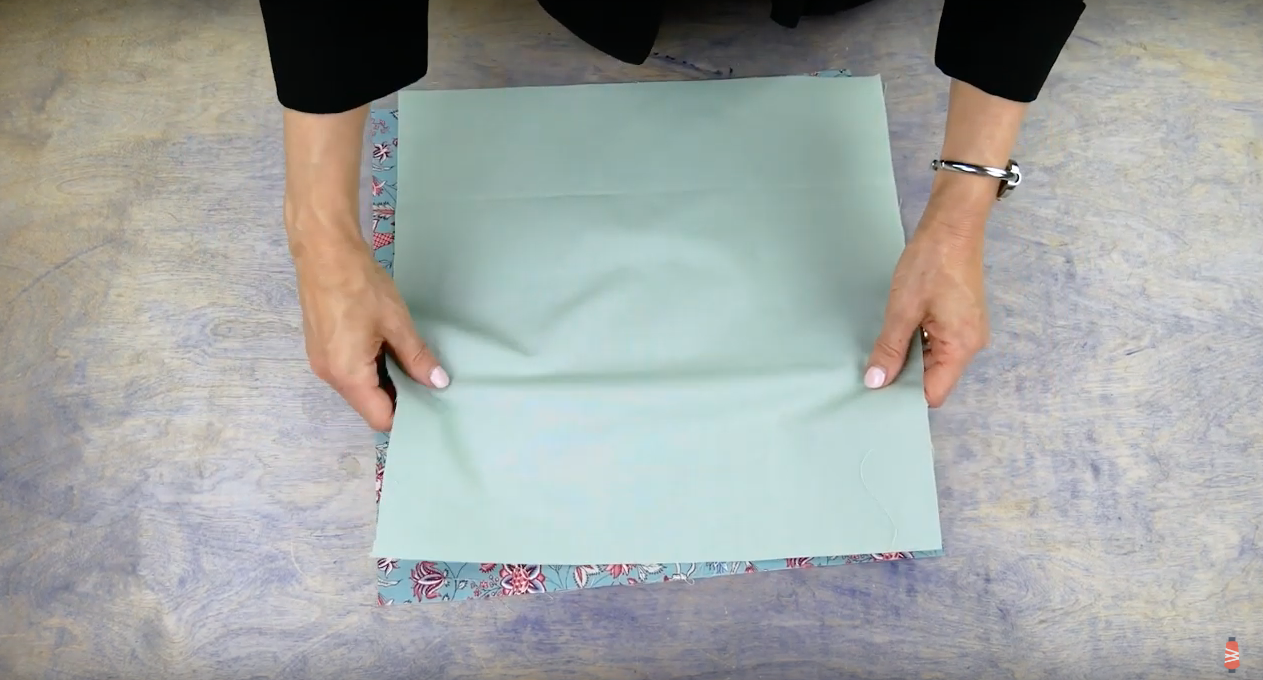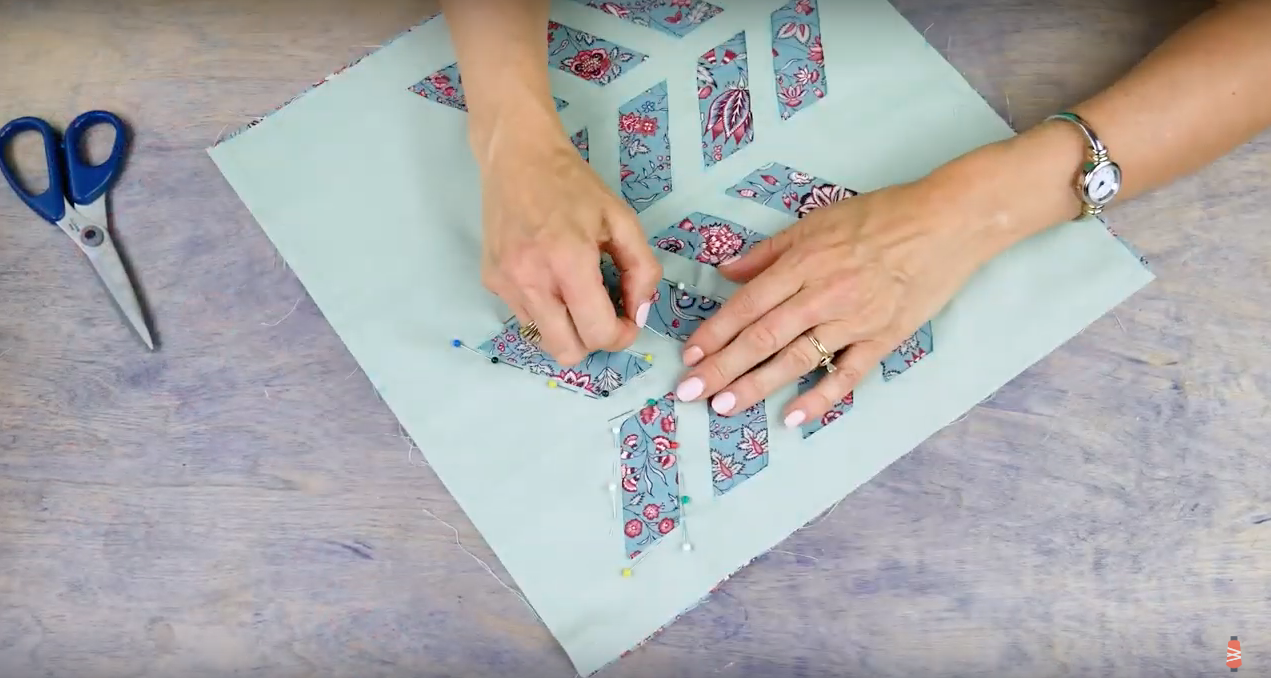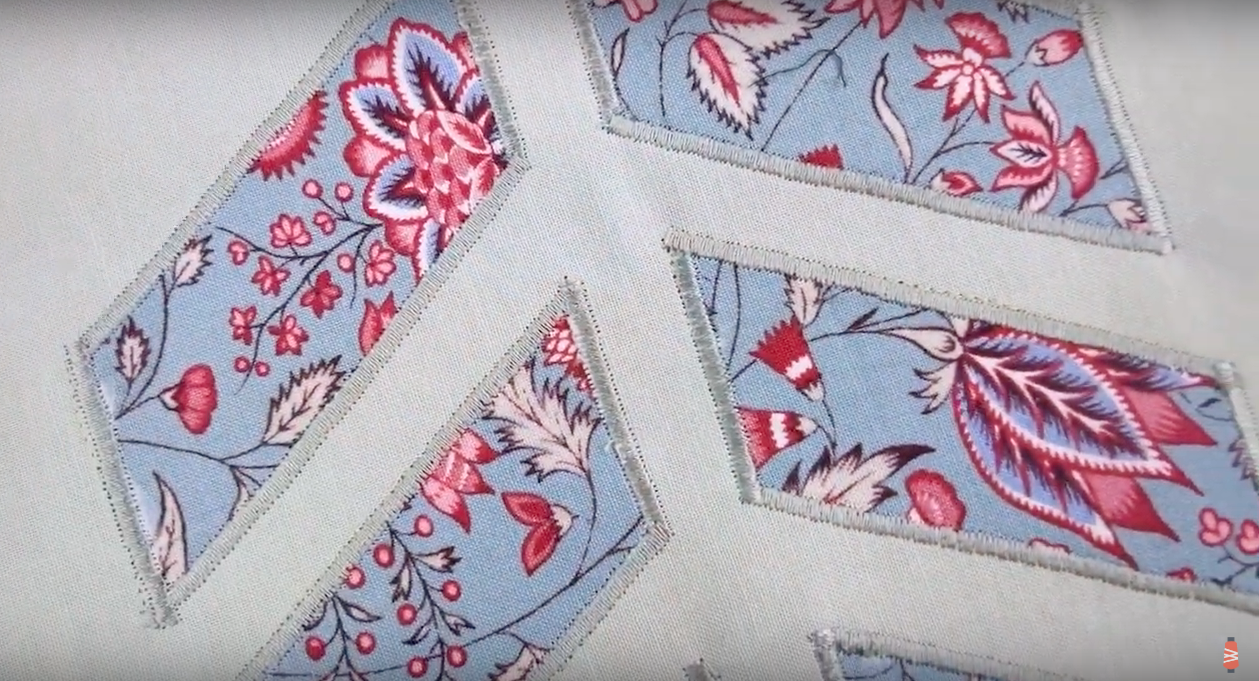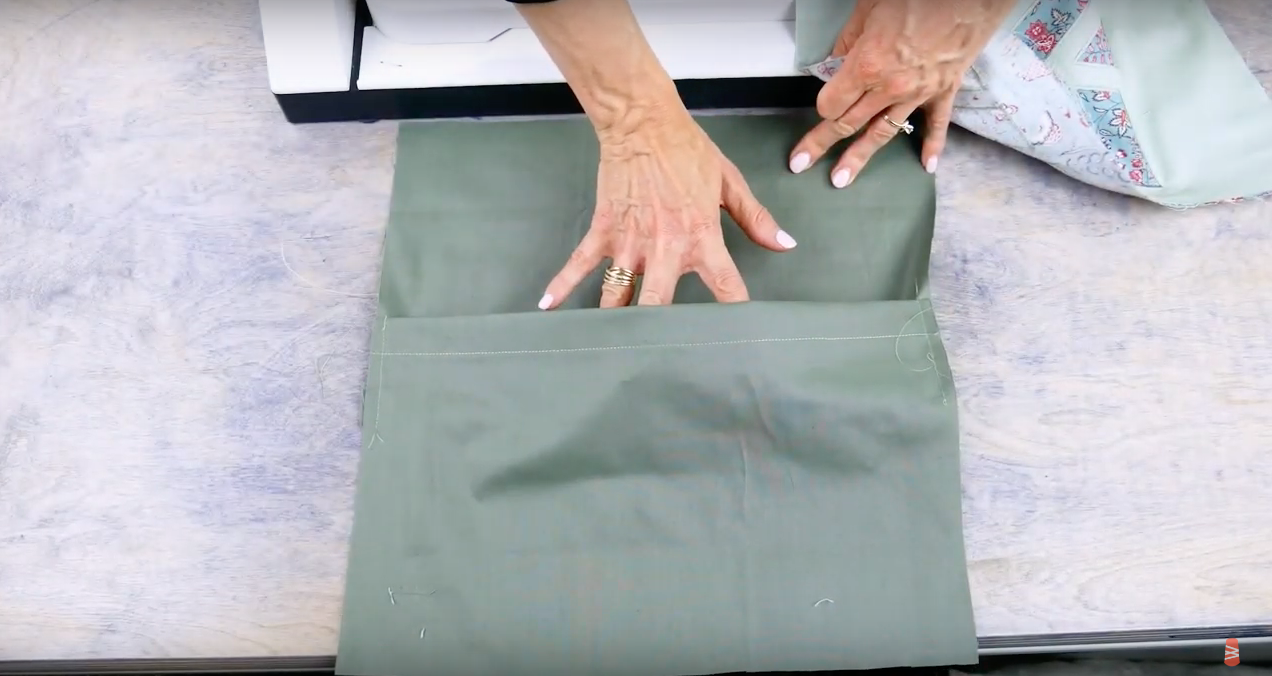Sewing Raw Edge Appliqué Using Iron Fusible Thread (FREE Pattern Included!)
Maura Kang
Raw edge appliqué is a simple, fast, and easy way to appliqué your pieces together because it doesn’t require any extra steps. The most common way to sew raw edge appliqué is to use fusible stabilizer, however this can leave your appliqué looking and feeling stiff. In this video, we’ll show you how to sew raw edge appliqué using iron fusible thread, as well as some tips and tools to make it easier. Included is a free pattern to practice with or turn into your own unique project!
Trace your appliqué shapes onto the fabric using a temporary pen or piece of chalk and cut them out. We always recommend using batik fabric for raw edge appliqué because the fabric is less prone to fraying. If your shapes are more complex, or have a lot of angles in them, we suggest using a smaller, sharp pair of scissors to do your cutting with as it makes it much easier to do.
We’re going to load the machine with two different threads. In the top is a temporary regular sewing thread that will be pulled out later. However, in the bobbin we’ll be winding this thread called Iron ‘n Fuse. This is an iron fusible thread that will fuse the appliqué pieces to the fabric.
If you have appliqué pieces that have smaller shapes, you can add an optional layer of water soluble stabilizer underneath to make it easier to sew on the machine. You don’t need to cut it out to match the shape of your appliqué perfectly, just cut out a rough shape that your appliqué will easily fit over.
Increase your machine’s stitch length slightly to make it easier to pull the top thread out later. Sew all the way around your appliqué piece.
Position your appliqué on your project and press with high heat. The best part about using Iron ‘n Fuse thread is that it can still be lifted and repositioned as needed. It won’t fuse permanently to your project. Once your appliqué is in place, you can pull out the top thread.
To stitch your appliqué down permanently, you can use any variety of threads depending on the look you wish to achieve. The choice is yours, however for my appliqué I’ll be using this 50wt variegated cotton called Tutti. I love this thread because it’s been double gassed so it has a clean, ultra low lint finish, and the colour changes on the thread are quicker.
Sew around your appliqué about 1/8th of an inch away from the edge. If you want to make a bolder outline on your appliqué, you can go around again a second time. Raw edge appliqué tends to have a scrappy look, so don’t worry about making your lines perfectly aligned with each other.
Alternatively, you can hide the raw edge of the appliqué by selecting a satin stitch on your machine and sewing over the edge to cover it. We chose to stitch a bold outline around the appliqué pieces using this thicker 12wt thread called Spagetti. Like Tutti, it’s also a low lint cotton, but this thicker thread is a great way to add emphasis or an outline to a motif in your project.
After you’re finished permanently stitching your pieces down, don’t forget to wash your project to remove the water soluble stabilizer, if you chose to use it. No matter which creative way you choose to finish your raw edge appliqué project, this method is a fool-proof way to reduce the stiffness of an iron-on stabilizer often used in this technique.
If you’ve tried this for yourself, tag us on Instagram @wonderfilspecialtythread or by the hashtag at #wonderfil. We would love to see your sewing projects and progress! Ready to start sewing? You can find a list of stores that carry WonderFil threads on www.shopwonderfil.com/shop-local/. You can also sign up to receive weekly sewing tips, free patterns, and tutorials in our newsletter. Register by clicking here! You can unsubscribe at any time by clicking the unsubscribe button on the footer of every email you receive.











































